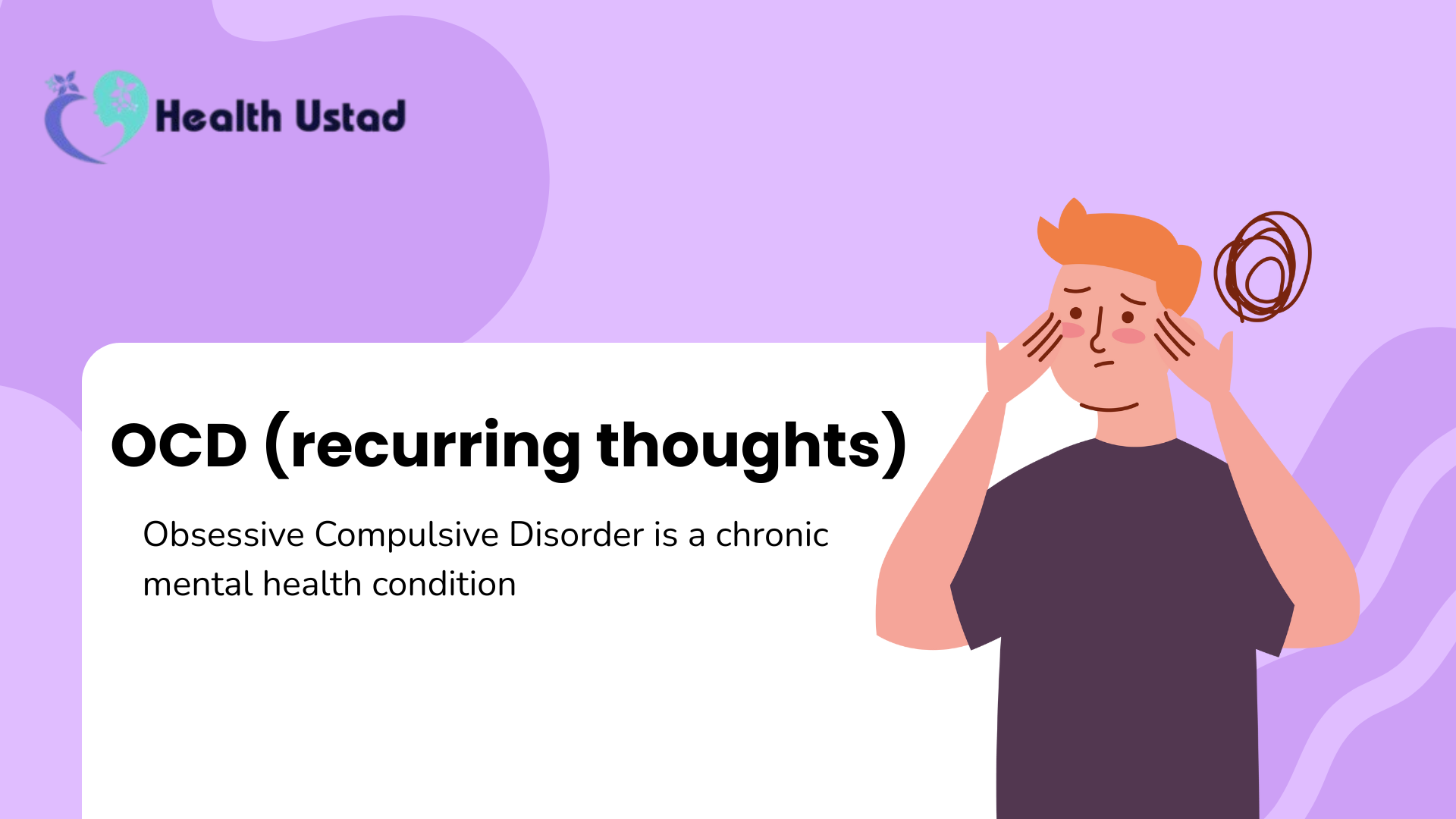Body Dysmorphic Disorder

What is Body Dysmorphic Disorder? Understanding the Struggle with Self-Appearance:
Body dysmorphic disorder (BDD) is also a type of obsessive compulsive disorder. This is a serious mental illness that causes obsessions in a person of what he or she think are flaws in his or her body Appearance. People with BDD often feel overwhelmed and upset by these flaws. Even sometime these flaws are small or invisible to others. This condition seriously affects personal relationships of the person and daily life routine. In today’s digital world, where beauty standards are so important and due to social media are better known, the occurrence of BDD is still misunderstood.
To help people who are suffering from BDD you need to know:
What is Body dysmorphic disorder?
What are causes of it?
What are its treatments?
What is Body dysmorphic disorder?
Body dysmorphic disorder is mental disease in person about self-image. Accroding to DSM 5 TR the diagnostic criteria of BDD is:
Diagnostic Criteria A.
Obsession with one or more apparent defects or flaws in physical appearance of a person. These flaws are not observable or appear slight to others.
Diagnostic Criteria B.
During the course of disorder at some point the individual keep repetitive behaviors mirror checking, reassurance seeking and excessive grooming. During the course of disorder person keep comparing his or her appearance with that of others.
Diagnostic Criteria C.
This body preoccupation causes clinically substantial distress or impairment in occupational and social life of person. This can also effect important areas of functioning.
Diagnostic Criteria D.
The body image preoccupation is not better explained by concerns with body fat or body weight of an individual due to any eating disorder or any other mental condition.
What are common Signs & Symptoms of BDD (Body Appearance)?
It is very hard to diagnose BDD because many people hide their difficulties due to shame. But we are mentioning some common signs by which you can find out:
(i) Checking mirrors sometime too often or even not at all.
(ii) Camouflaging when using hair, makeup or clothes to hide something.
(iii) Compare look with others look on regular basis.
(iv) Social withdrawal or avoiding social contact at work and on social events due to the fear of judging.
(v) Compulsive grooming is when someone picks at their skin too much, styles their hair, or works out to fix what they think are flaws.
All these behaviors are upsetting and take up few hours of day.
What are the Risk Factors and Causes of body dysmorphic disorder?
BDD is caused due to many psychological, biological and environmental factors.
1. Biological factors:
Hormonal imbalances like imbalance in serotonin may cause this.
2. Genetics:
It runs in family so any family history of anxiety or obsessive-compulsive disorder may raise the risk of BDD.
3. Psychological factors:
Any bullying experience regarding appearance or perfectionism can diminished self-esteem and leads toward BDD.
4. Cultural pressures:
In today’s era media and specifically social media can make people feel inferior about themselves due to unrealistic standards of society.
What are Effects of BDD on daily life?
BDD affects other than how someone feels about look. It when worsen often has an impact on mental health that effect school, job and relationship of the person. To elevate self-confidence people might not be happy to spend too much on cosmetic surgeries. People with severe BDD symptoms frequently have suicidal thoughts and depression.
What are treatments for this?
Body Dysmorphic Disorder can be cured and treated. Most of the time, therapy and medicine are used together for better results.
Some treatments used for BDD are
- Cognitive behavioral therapy or CBT
- Exposure and response prevention (ERP)
- SSRIs, or selective serotonin reuptake inhibitors
- Support Group
- Exercises